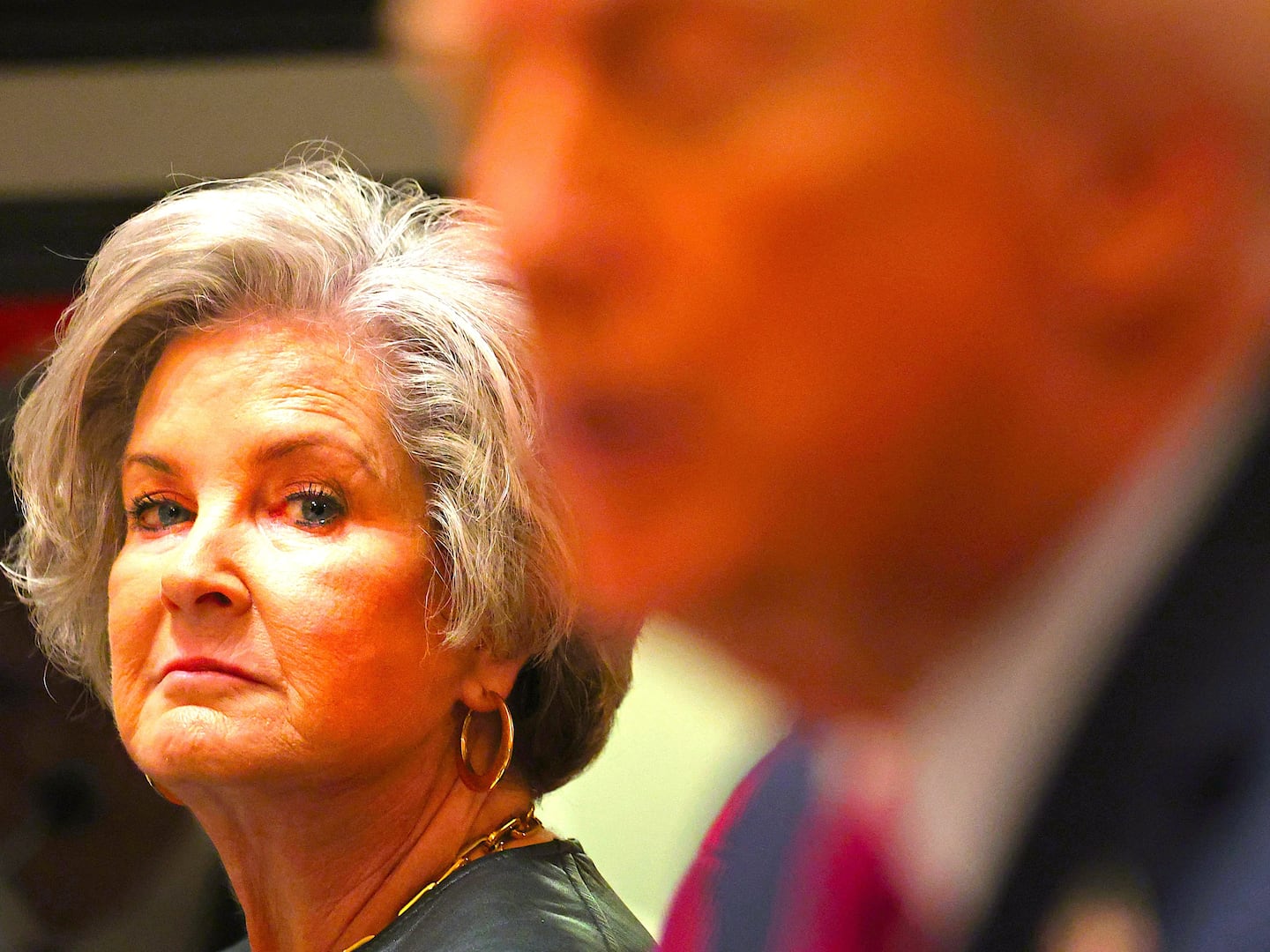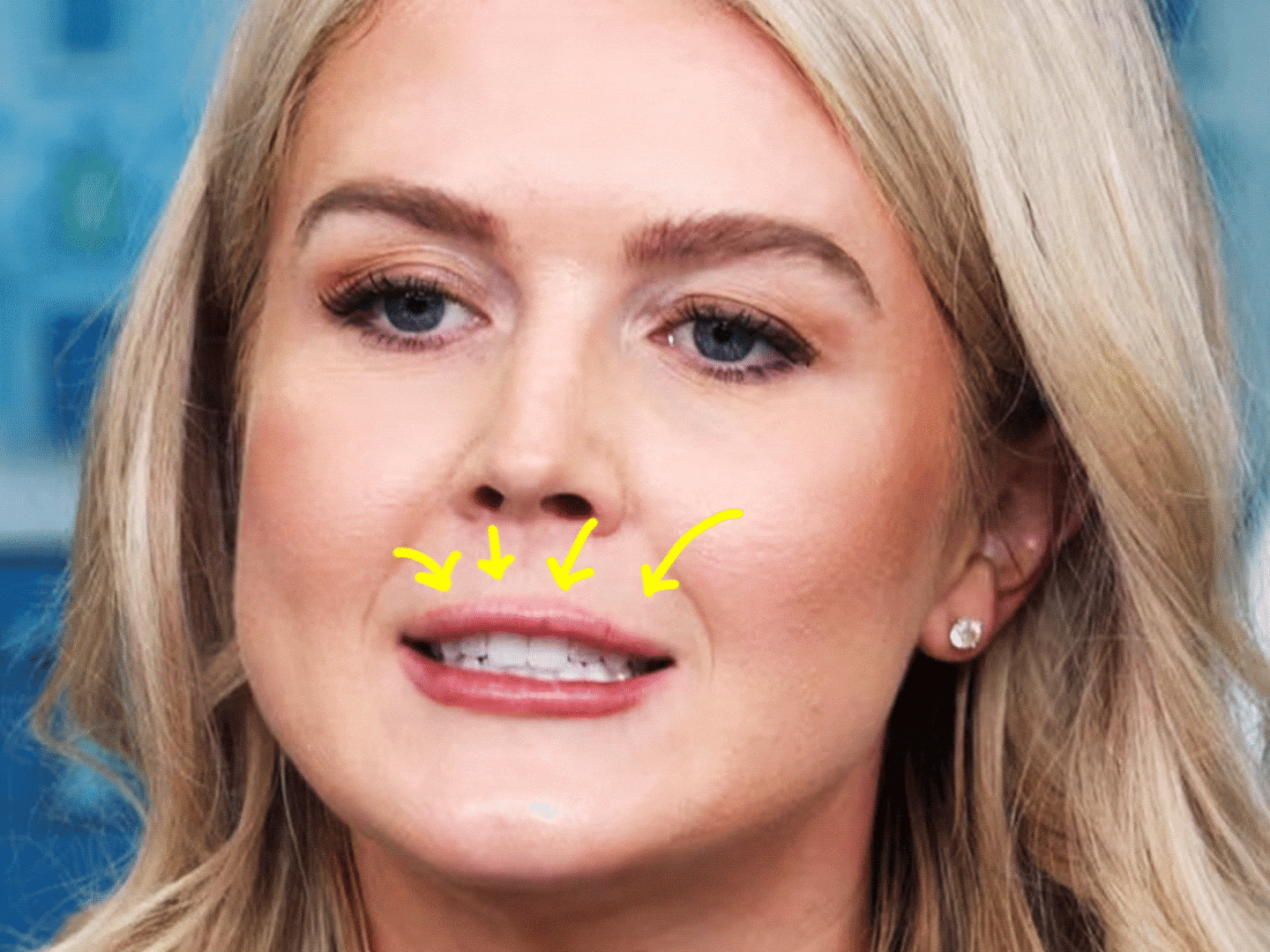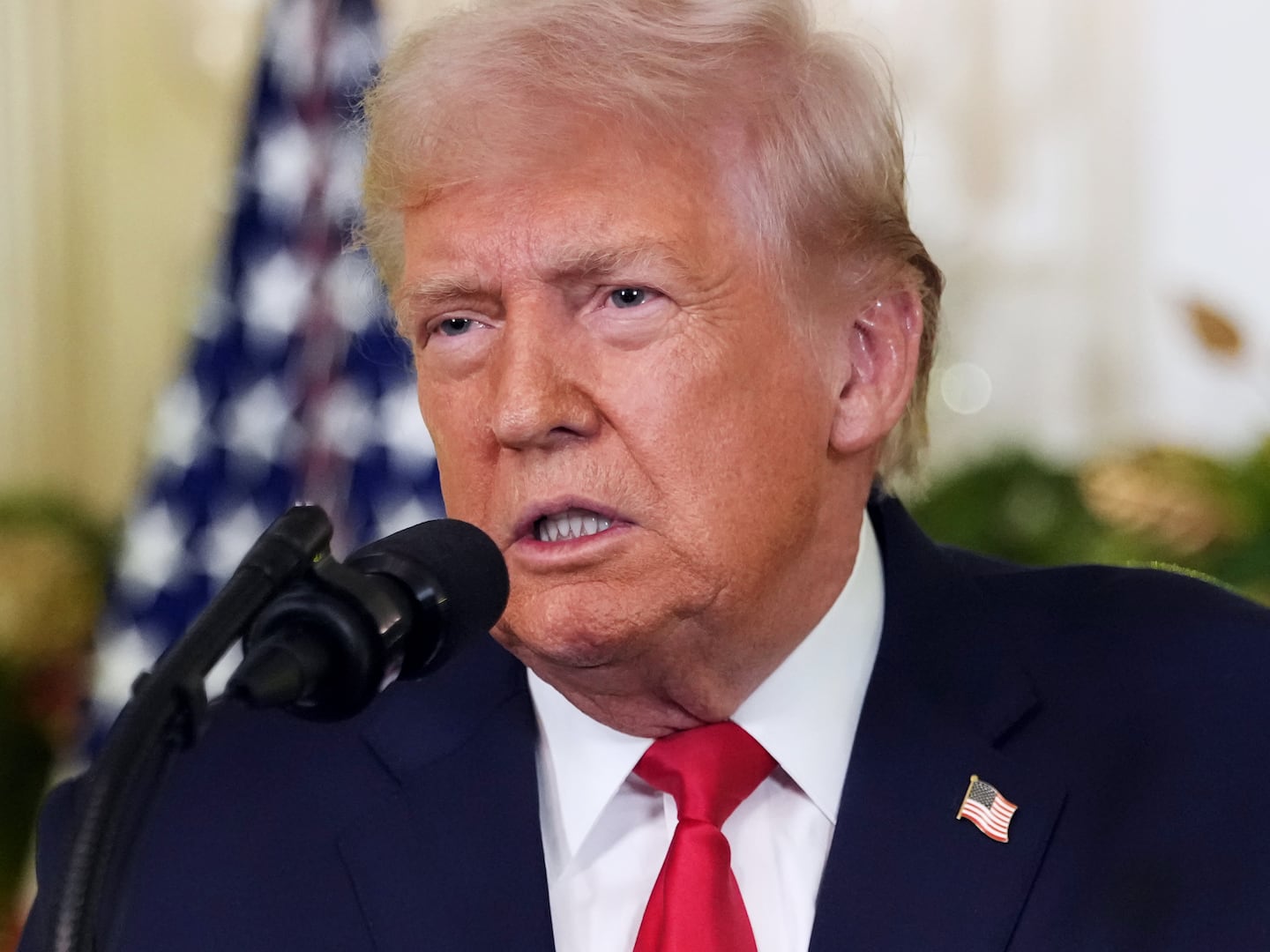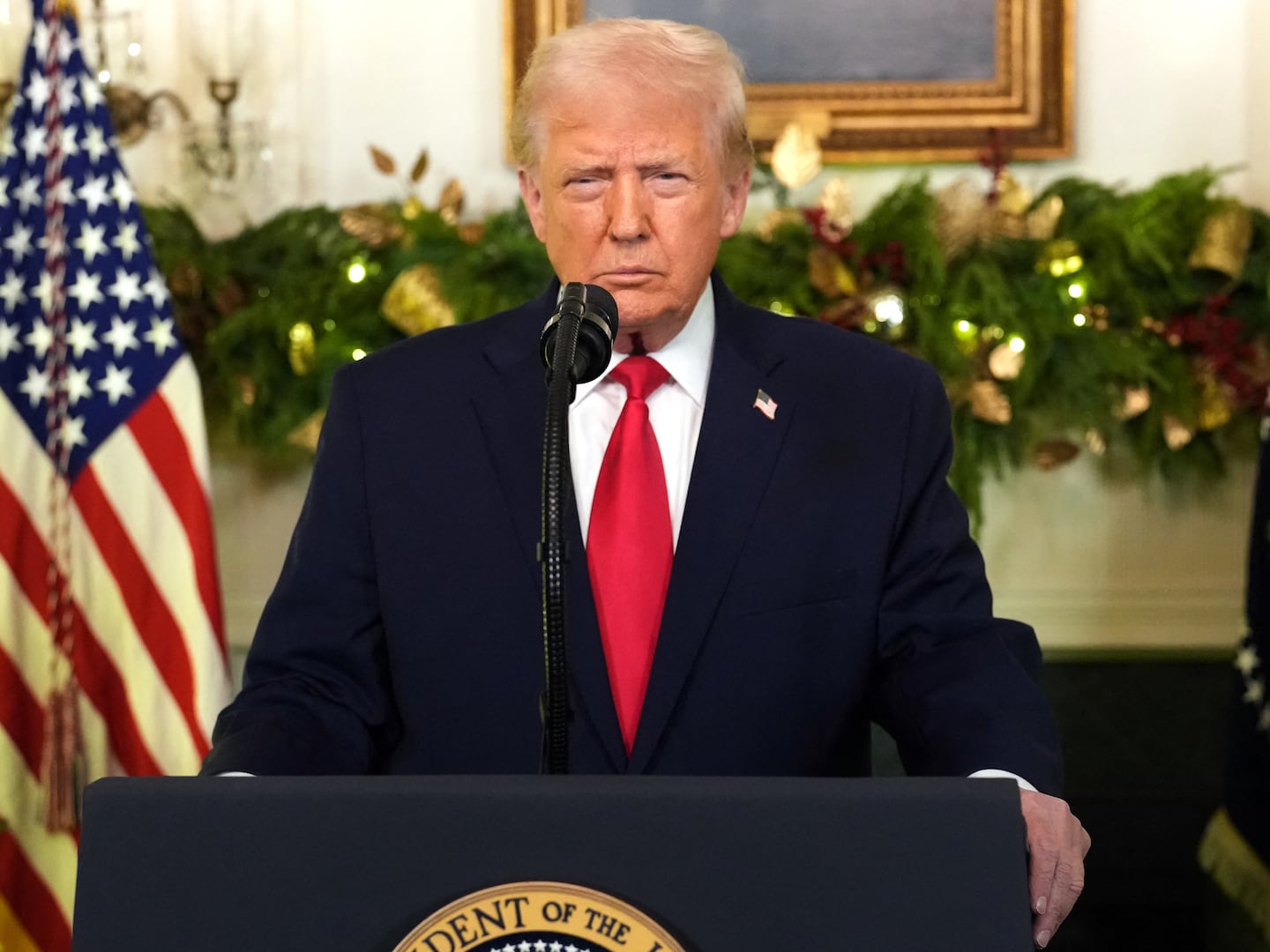On Friday, Johnson and Johnson released data from large-scale, phase-three trials of its novel coronavirus vaccine. They were promising: The numbers indicate broad effectiveness against known strains of the virus, and could pave the way for the U.S. Food and Drug Administration to authorize the New Jersey-based company’s shot in a matter of days or weeks.
As a bonus, Johnson and Johnson’s vaccine requires just one dose—and keeps for weeks in a standard refrigerator, making it much easier to distribute and administer than the two vaccines that currently have FDA authorization. But there’s a devil in the details: While the Johnson and Johnson vaccine worked on test subjects all over the world, it worked less well in regions where new strains of SARS-CoV-2 are becoming predominant.
Welcome to Rabbit Hole, where we dive deep on the biggest story. It’s for Beast Inside members only. Join up today.
The first two COVID vaccines, from Moderna and Pfizer, incorporate so-called “messenger RNA” technology that uses bits of genetic code to trick our immune systems into producing antibodies. MRNA is inherently flexible. To adapt the vaccines to a new strain of an old disease—or even a whole new disease—you just swap out the RNA.
But there are downsides. Both mRNA vaccines require two doses: an initial jab, and then a booster shot three weeks later. Skip the second dose, and the effectiveness goes way down.
Also, RNA is unstable. It has to be in order for our bodies to break it down and decode it. To keep the genetic material intact between the vaccine factory and the dosing site, you have to store the vials in special cold packaging or expensive, industrial-style freezers.
If something goes wrong and the vials thaw, or you open a vial and can’t get the doses into arms quickly, the vaccine spoils—fast. There’s a lot of potential for waste. And that’s become a sore point for state and local officials as they struggle to make best use of a limited supply of vaccine.
Johnson and Johnson passed over mRNA in favor of a more conventional vaccine design. The jab, which the company developed through its Belgian subsidiary Janssen, uses the “AdVac” platform that Janssen created for its HIV and Zika vaccine-candidates.
AdVac takes an adenovirus, versions of which cause the common cold, and modifies it to carry a bit of genetic material from the novel coronavirus. Johnson and Johnson bet that a modified adenovirus would trick our immune systems into producing COVID antibodies.
The bet appears to have paid off. Phase-three trials involving 43,783 volunteers all over the world—468 of whom had symptomatic cases of COVID-19—showed a reasonably high degree of effectiveness.
Overall, the jab was 66 percent effective in preventing moderate to severe COVID-19 28 days after vaccination, Johnson and Johnson reported. In most cases, an immune response kicked in starting around two weeks after the shot.
Two-thirds effectiveness is lower than the 95-percent effectiveness of the two-dose mRNA vaccines, but it’s still pretty good by general vaccine standards. Many flu vaccines are 60 or 70 percent effective.
The company was expected to apply for emergency-use authorization any day now, and the FDA was planning to review the application “as expeditiously as possible,” agency spokesperson Abigail Capobianco told The Daily Beast.
The Johnson and Johnson vaccine’s ease of handling more than makes up for its lower effectiveness, experts said. Poor and rural communities lacking extensive cold storage and large health-care workforces, many of which are also communities of color, have a hard time handling mRNA vaccines.
But these same communities shouldn’t have major issues storing and administering Johnson and Johnson’s jabs. Expect them to start showing up at rural clinics within days of the FDA giving the vaccine the nod for emergency use.
The federal government has already paid $1 billion for 100 million doses of the Johnson and Johnson vaccine. The feds asked the company to deliver the first 12 million doses by the end of February and the balance of the shots by the end of June.
There have been reports of manufacturing problems, but Johnson and Johnson insisted it was still on track to meet all deadlines. “The company’s anticipated manufacturing timeline will enable it to meet its 2021 supply commitments, including those signed with governments and global organizations,” the company stated in its data release.
Johnson and Johnson did not immediately respond to a request for comment for this story.
The imminent addition of a third U.S. vaccine-supplier could also inject more corporate competitiveness into the vaccination marketplace—to the benefit of everyone. “I’d expect faster ramp-up and competition among the vaccine-manufacturers to get their vaccines out there,” Jeffrey Klausner, a former UCLA professor of medicine who also worked at the CDC, told The Daily Beast.
In the short term, Johnson and Johnson’s vaccine promises to expand and accelerate crash efforts to vaccinate hundreds of millions of Americans and induce population-level “herd immunity” that could effectively end the current pandemic as early as late summer or early fall.
But there are ominous signs in Johnson and Johnson’s data—warnings of ways the novel coronavirus could dodge vaccine-based immunity and return in some deadly new form.
Look closely at regional variations in effectiveness. The level of protection against moderate to severe COVID was 72 percent among trial participants in the United States, 66 percent in Latin America, and 57 percent in South Africa.
It’s probably no coincidence that the vaccine was less effective in regions where new variants of SARS-CoV-2 have appeared. The B.1.351 variant first cropped up in October, in South Africa. A few weeks after that, the P.1 strain was detected for the first time, in Brazil.
Officially, B.1.351 arrived in the United States this past week, after federal and state testers detected two cases in South Carolina, though it was probably around long before that.
Both new strains include mutations that geneticists call “K417T,” “E484K” and “N501Y.” All three mutations affect the spike protein that’s a defining feature of the novel coronavirus. The spike protein helps the virus grab onto human cells.
The new mutations appear to make the virus more “grabby.” And that can translate into higher transmissibility and a degree of resistance to certain therapies and vaccines, compared to older forms of the novel coronavirus.
“We all are deeply worried,” Lawrence Gostin, a Georgetown University global-health expert, told The Daily Beast after studying the features of the new variants.
But don’t panic quite yet. Pfizer and Moderna both commissioned studies of their respective vaccines’ effectiveness against the new strains and reported qualified good news. While there seemed to be slightly fewer antibodies when the mRNA vaccines met the new strains, there were still enough antibodies to provide protection from infection.
If the average effectiveness in Latin America and—especially—South Africa is any indication, Johnson and Johnson’s vaccine has a little trouble protecting against new strains. “Probably good enough, but not great,” is how James Lawler, an infectious disease expert at the University of Nebraska Medical Center, described the vaccine’s effectiveness in Africa.
Consider it from the perspective of a doctor at a rural clinic struggling to contain an outbreak of B.1.351. Realistically, your options are no vaccine, or a vaccine that protects five or six out of 10 patients.
But the diminishing effectiveness of the current vaccines against new strains of the novel coronavirus should give us pause. It’s looking increasingly possible that SARS-CoV-2 could end up being a perennial problem, just like the fast-mutating flu virus.
Instead of vaccinating everyone once and then getting on with our lives, we’d need to bake annual vaccinations into our routines. You should get a flu shot every fall. Start getting comfortable with the idea of getting an annual COVID shot, too.
It would be up to industry to update the COVID vaccines at least annually—if not more frequently. That’s a straightforward process for makers of mRNA vaccines. But to keep rural clinics stocked with jabs, we need a novel coronavirus vaccine that’s both easy to update and easy to store.
It’s unclear yet whether the Johnson and Johnson jab is the one.
Anthony Fauci, director of the U.S. National Institute of Allergy and Infectious Diseases, raised the prospect of adding a “bivalence” feature to non-mRNA vaccines. “Bivalence would mean, you make a vaccine that is expressing the protein of both the standard viral type, as well as the mutation,” Fauci told The Daily Beast.
If that’s not possible with the Johnson and Johnson shot, it might work on some of the other vaccines that are in development. New non-mRNA vaccines from Novavax and AstraZeneca are also inching toward FDA approval in the United States.
With reporting by Erin Banco






